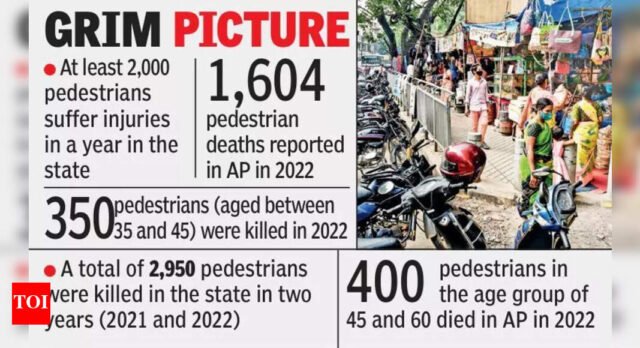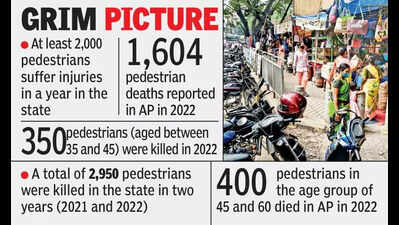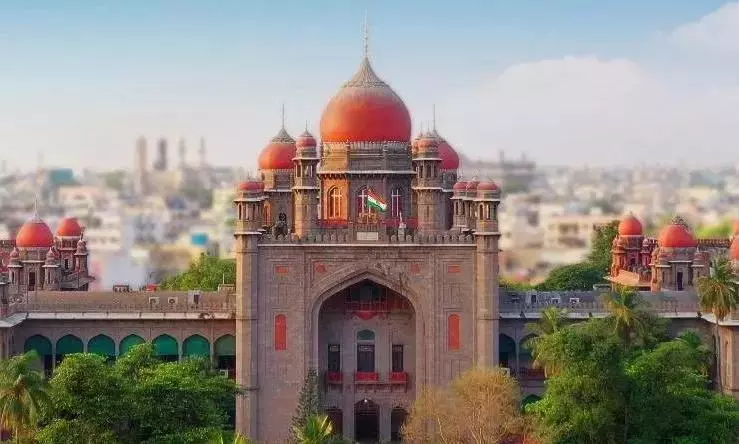Visakhapatnam: Around 70 per cent of roads in major four cities of Andhra Pradesh have no footpaths and only a little over one -third of the existing once meet the width and height norms prescribed by the Indian Road Congress (IRC), according to Transportation Research and Injury Prevention (TRIP) Centre at the Indian Institute of Technology- Delhi.The report indicates that local bodies, working in conjunction with other departments, are required to establish quantitative targets for mitigating risks faced by pedestrians. There is a rising concern in urban traffic safety, as pedestrian casualties are increasing within the state. Walking, which has historically been regarded as an unsafe commuting method in several areas of the state, has grown even more perilous in the recent years. The number of pedestrians killed on the roads in Andhra Pradesh increased by more than 2.3 per cent between 2018 and 2022, with the average daily fatalities reaching 4 in 2022. According to the ministry of road transport and highways (MoRTH), a total of 7,518 pedestrians lost their lives on the roads between 2018 and 2022. Data reveals that the highest number of pedestrian deaths occurred in 2019, with 1,723 fatalities, followed by 1,604 pedestrian deaths in 2022.The report highlighted how nearly 20 percent of the people killed in road crashes in the state in 2022 were pedestrians.Though the governments build roads, they fail to provide safe and comfortable space for pedestrians in cities like Vizag, Vijayawada, Tirupati, Kurnool and few others in the state. Absence of footpaths or encroachments on footpaths on most major roads in cities in the state has made using them a nightmare for many people, especially the elderly and students, said K Srinivasa Reddy, a resident of Vizag city. The report mentions that compliance with mandatory helmet wearing rule is not better on urban and rural roads in the state. On urban roads, around 26 per cent of two-wheeler drivers and 22 percent of pillion riders were wearing helmets. However, on rural roads in the state, only two per cent of riders and hardly one percent of the pillion riders wear helmets.









